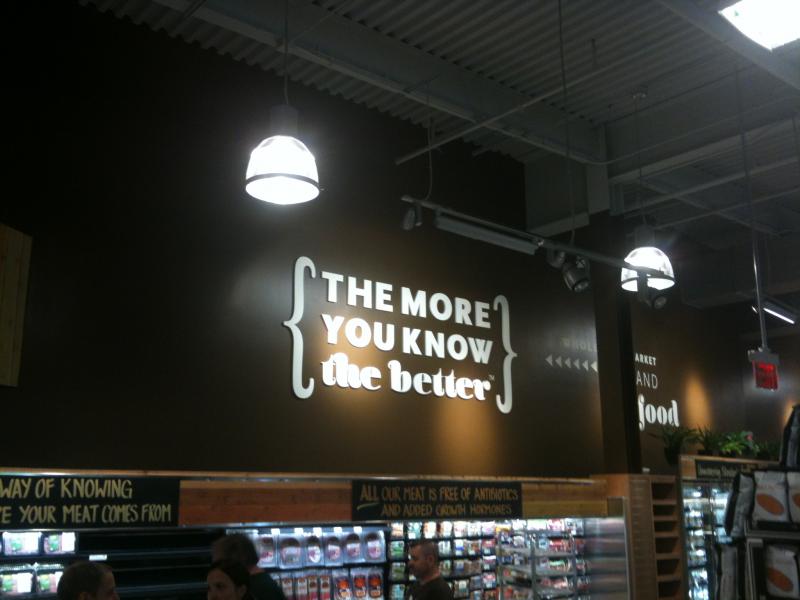As this term comes to a close, I am left more than ever with a stronger drive for community engagement. I was greatly inspired by the Think&EatGreen@School project in particular – the chance to actually provide a learning experience to members of the community was terrific! While it is true that we have engaged the community in the past such as during the farm visits, this trip seemed far less passive than previously. It also helped that my group felt extremely confident and cohesive so stress was not much of a factor during or leading up to the workshop despite the increased participation.
The Think&EatGreen@School project really highlighted my experience so far with GRS so far. After learning so much about food citizenship, food security, food systems, community development, and much else besides, this brought all of these abstract concepts into the real world for the first time. I feel strongly that the experience I gained applying systems thinking principals to the school food community bolstered with additional readings from the literature review (especially those of David Orr) helped to solidify the importance of systems thinking in my mind. Now it seems hard to look at analyze any complex system or community and not draw it back to land and food – not that that is a bad thing.
As I continue on into the summer to pursue my interests in grocery retail, permaculture, and aquaponics, I know already that systems thinking will be at the core of these initiatives. Especially in regards to grocery retail, I feel that I have SO much more to bring not only to my workplace and coworkers, but also to my own interactions with the system. I am greatly looking forward to discussing these concepts with my coworkers and finding new depth and application for them.
I am also greatly looking forward to what next year may hold in LFS 350 and 450 as we continue to dig deeper into food systems and community!
 Follow
Follow


